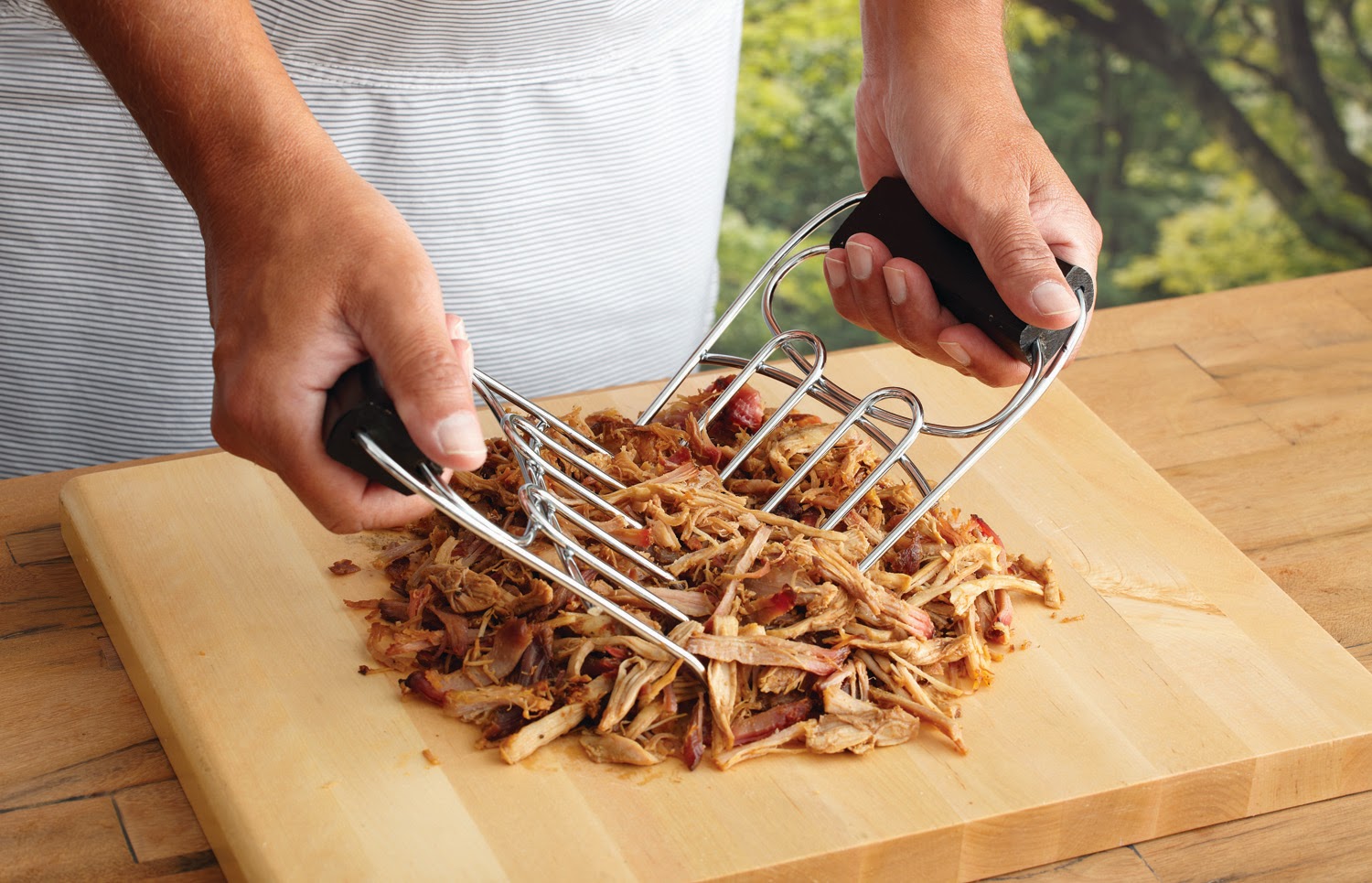Motoring Along
Unless something big happens, this will be my last post for the year. Happy holiday of choice to all of you. Here's to a happy, healthy, and productive 2015. The U.S. Court of Appeals for the Federal Circuit has affirmed the Court of International Trade's decision in Belimo Automation v. United States . The issue in the case is the tariff classification of specialized actuators used to move dampers in HVAC systems. The actuators include an electronic circuit that senses the damper angle and adjusts it to maintain proper alignment. The importer argued that these items should be classified in HTSUS item 9032.89.60 as an "automatic regulating and controlling instruments and apparatus; parts thereof." The Federal Circuit disagreed and affirmed the Court of International Trade, which is a win for Customs and Border Protection. Chapter 90, Note 7(a) provides that Heading 9032 only applies to Instruments and apparatus for automatically controlling the flow, level,
